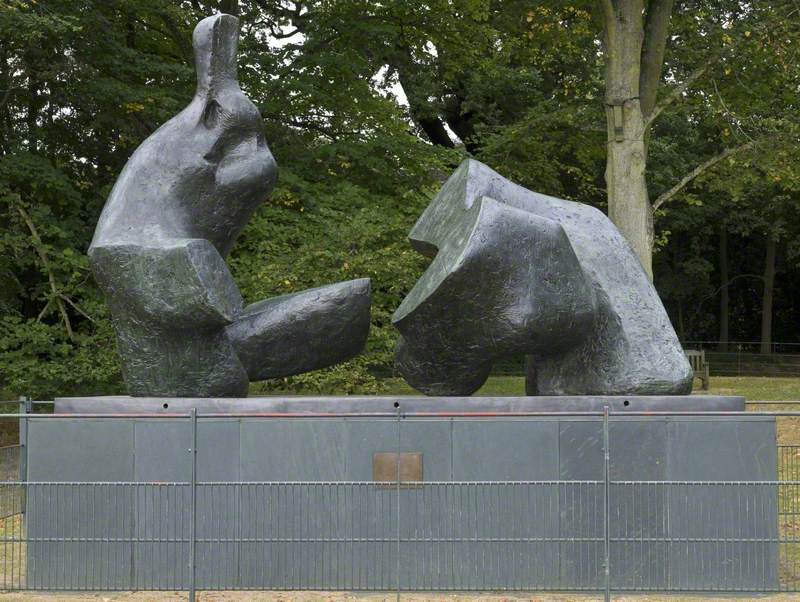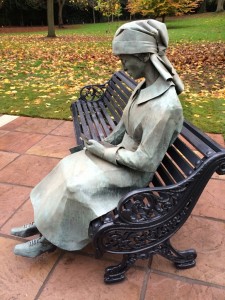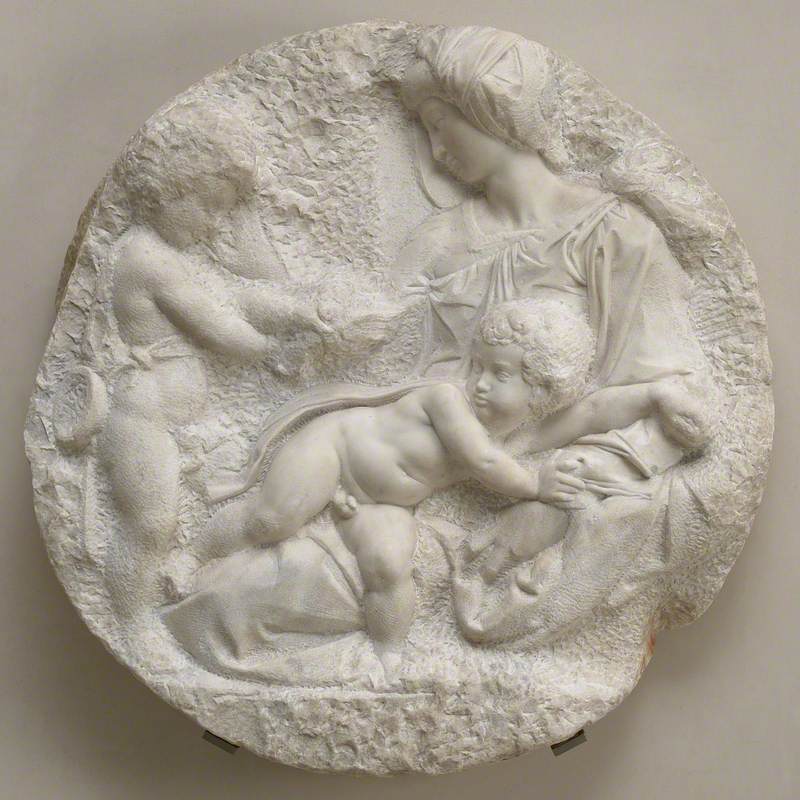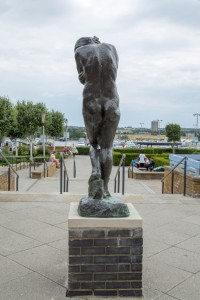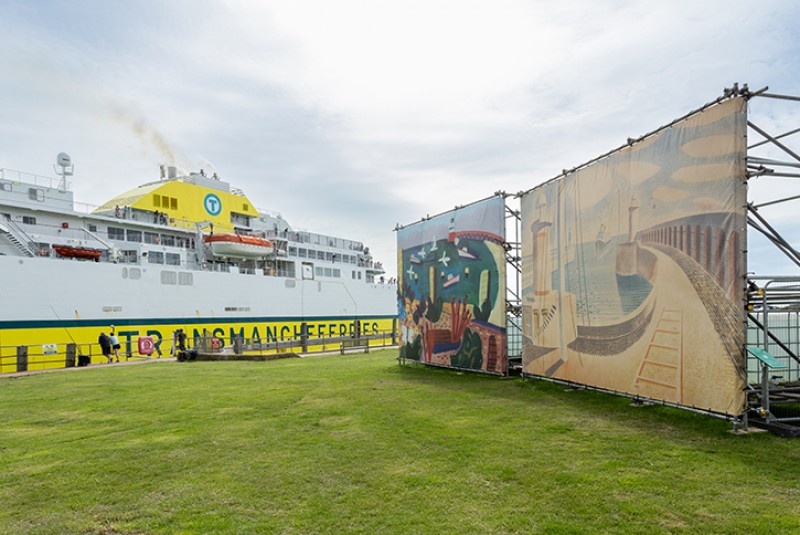The Watchers
1963, bronze by Lynn Chadwick, Roehampton University, South West London 
You may have seen this is in the news, but Historic England's initiative to locate missing post-war public art and sculptures is worth repeating. One of the organisations which has contributed to the research is the Public Monuments and Sculpture Association (PMSA), a major partner in the Your Sculpture project. One of the outcomes of The Sculpture Project is to identify sculptures at risk and we hope to be able to contribute to Historic England's initiative by creating a thorough visual catalogue of all public sculpture in England (and beyond).
The following is from Historic England's press release:
'Historic England has warned that England’s post-war public art, created by some of the most important artists of the twentieth century, is "disappearing before the public's eyes". It has revealed that a growing number of sculptures, architectural friezes and murals – made between the Second World War and the mid-1980s – have been destroyed, sold, lost or stolen. Through its own research and information from the Twentieth Century Society, the Public Monuments and Sculpture Association, historians and some of the artists themselves, the government body is building up a picture of just how much art has disappeared. It says England has lost a worrying amount of artwork from the streets, housing estates, workplaces, shopping centres and schools for which the pieces were designed. Although many of the works have been destroyed completely, some could still be out there. Historic England is issuing a call for information, evidence and photographs from the public to help track them down and inform a major exhibition at Somerset House in London, as part of its Utopia Season.
From a bronze Henry Moore sculpture stolen to order for its scrap value, to an abstract sculpture by Barry Flanagan in Cambridge that was vandalised beyond repair, or the seven-metre-long steel structure by Bryan Kneale that was sold at auction last year, these public artworks are vulnerable and need protecting. In 2012, Wakefield Council went as far as to remove its Henry Moore from public display and put it in secure storage because of the spate of thefts. Often, the artists themselves don’t know their works are in danger until it's too late. The public is rarely consulted on what should happen next. Since they were installed from the early 1950s onwards, works have been vandalised, destroyed, sold and stolen. The price of scrap metal, the need for many public bodies to fill funding gaps, pressure from redevelopment, and vandalism, are all reasons why this national collection of public art is being eroded.
'The Pineapple'
1977, Corten metal by William Mitchell, Basildon, Essex 
Historic England (previously known as English Heritage) is currently identifying the Post-War public art that could be protected through grade listing. It’s also running an exhibition at Somerset House, "Out There: Our Post-War Public Art" from 3rd February to 10th April 2016, to help people to learn about this national collection and the stories behind it, so they will recognise the importance of these works. The organisation wants to strengthen the public's sense of ownership of its own collection, making it harder for it to be stolen or destroyed.
Historic England has compiled a list of works that have been lost, sold, stolen or destroyed which can be found www.historicengland.org.uk/missingpublicart
If anyone knows anything about the fate of these works, or other Post-War works not mentioned here, they can get in touch by emailing OutThere@historicengland.org.uk or calling 0207 973 3250. The organisation is also asking for any pictures of the missing pieces that have been taken over the years by members of the public. It's hoped any further details can become part of the "Out There" exhibition, and the stories behind the disappearance of these works of art can be told.'
Some notes on the sculptures featured in this post:
The Watchers by Lynn Chadwick, 1960. STOLEN – In 2006 thieves stole one of the three figures that make up the Grade II listed piece called The Watchers. The sculpture sits in the grounds of Roehampton University and the two-metre-high figure was sawn off at the legs. Police estimate it would have taken at least eight people to carry the artwork away. Despite investigations, no one knows what has happened to the sawn-off figure.
'The Pineapple' by William Mitchell, 1977. LOST – Affectionately named 'The Pineapple' by Basildon residents, the sculptural fountain was commissioned by the Ford Motor Company. The work was outside the front of Trafford House, the firm's newly acquired premises in Cherrydown East, Basildon. It only came to light the piece had gone missing in 2014 but it was last seen in 2011 when Colonnade, the owner and redeveloper of Trafford House, moved it into storage as it planned to turn the building into housing. Colonnade reported it missing in 2012. Made of Corten metal, a kind of weathering steel, each triangle was hand cut and painstakingly dipped in water to achieve the rusted red colour Mitchell wanted. The artist estimated it would cost around £0.5 million to recreate the work today.
Katey Goodwin, Art UK Head of Research & Digitisation and Project Manager for The Sculpture Project
